By Arnold Blumberg
“We had been assured by our officers before we invaded France in 1944,” recorded Bill Harris, “that our Sherman tanks could take care of any Nazi armor we met there.” Harris, a tank gunner in the U.S. 2nd Armored Division, had been told over and over again that the American M4 Sherman Medium Tank (the Allies’ main battle tank) was as good, if not superior, to any armored fighting vehicle in the Wehrmacht’s arsenal. Unfortunately for hundreds of U.S. and Allied tankers, including Harris, who had three Shermans shot from under him during the war in Western Europe, the nine savage weeks of fighting in the Normandy hedgerow country and the following dash across France proved the Sherman was far from the equal of the German Tiger, Panther, or even the outdated Panzer IV. Would the M26 Pershing be an answer to their problems? As you’ll find out, the Pershing’s shortcomings were not necessarily limited to design.
Finding a Replacement For the Sherman
Regardless of what the “Dog Faces” were told about their tanks before the Normandy invasion, some of the high brass in the U.S. Army knew otherwise due to reports coming from the Eastern Front, where the Soviet Army was scrambling during 1943 to come up with an answer to the new German heavy MK VI Tiger tank and the medium MK V Panther. In mid-1942, even as the Sherman first entered mass production (48,000 would eventually be manufactured between 1942 and 1945), the United States Army Ordnance Department, in fits and starts, embarked on a search to improve the M4. This quest started with the design of the T20 prototype intended as an improved version of the Sherman.
The main difference between the two armored vehicles was a lower silhouetted engine that made the T20’s overall profile smaller than the existing M4. In addition, the T20 was to be armed with a new 76mm M1A1 cannon, as well as fitted with 3-inch frontal armor compared to the 2.5 inches found on the Sherman.
Other contenders as upgrades for the Sherman appeared in the form of the T22 and T23. The former was an M4 with a smaller two-man turret. The T23, like the T22, was a medium tank, but with an electrical transmission and cast iron turret able to house a 76mm M1A1 gun. Both were finally rejected (although the turret of the T23 would be used in all future 76mm upgunned Shermans) for two reasons. First, their designs required entirely new and separate training, maintenance, and repair procedures. Second, the Sherman with its 75mm gun—even by late 1943—was thought by the Army to be adequate enough for modern tank warfare. Besides, as many military men argued, it would be courting trouble to impose a new tank design on the armored force with the 1944 campaign in France only months away.
As the Army Ordnance Department looked to improve upon the existing Sherman model, others in the Army sought the M4’s replacement altogether. Lt. Gen. Jacob L. Devers, who in 1943 directed the buildup of U.S. forces for the invasion of France and earlier was head of the Army’s armored forces, advocated the replacement of the Sherman with a more powerful tank.
A Heavy Tank For the American Army
What Devers had in mind was the T26E1, America’s first heavy armored fighting vehicle. The T26E1 had greater firepower and armored protection than the Sherman. The new tank, weighing 46 tons, sported a 90mm M3 cannon, 100mm frontal armor, a new type of gyrostabilizer, and a crew of five. Unfortunately, its 8-cylinder 500-horsepower Ford GAF engine and powertrain were not powerful enough for a tank of its weight. The engine was similar to the one used in the Sherman even though the Pershing was 26,000 pounds heavier. The result was that the machine’s powerplant was not always reliable, and its maximum speed only 20 miles per hour.
During discussions in September and October 1943, Devers urged production of the T26 be accelerated and that 250 of them be produced immediately. Upon delivery he wanted the new model deployed on a scale of one T26 to every five M4s, much like the British intended to do with their 17-pounder mounted Sherman Firefly tanks.
Obstacles For the American Heavy Tank
Devers’s quest to replace the M4 with the T26 was greatly hindered by a number of factors. First, the officers of the only two U.S. Army tank divisions to have seen combat in the war up to that point, the 1st and 2nd Armored Divisions, could not come to a consensus as to whether it would be more appropriate to go with a upgraded Sherman like the T23 or with a new heavy tank like the T26.
Second, Lt. Gen. Lesley McNair, head of U.S. Army Ground Forces, opposed the heavy tank concept. He had fathered the “tank destroyer doctrine” for the U.S. Army, which stated that enemy armor would be taken care of by tank destroyers such as the self-propelled M18 Hellcat, M10, and M36, while friendly armor would be relegated to supporting the infantry and exploiting breakthroughs in enemy lines. He also opposed the introduction of the T26 due to the need to prioritize war material shipped to Europe over the 3,000-mile supply line from the United States to England. Scarce amounts of shipping transport and time, according to McNair, could not be wasted on delivering an untested weapons system at that critical point in the war.
McNair also argued that the Sherman appeared to be superior to the German tanks, the Panzer MK III and early versions of the MK IV, commonly encountered up to that time. Even the appearance of the German Tiger I failed to impress McNair with the need to counter that armored monster. He wrote Devers in the fall of 1943, “There is no indication that the 76mm antitank gun is inadequate against the German Mark VI (Tiger) tank.”
McNair was the prime proponent of arming Shermans with a 76mm gun, thus alleviating the need for the 90mm-toting T26E1. Lastly, he reasoned, because of the dominance of his “tank destroyer doctrine” and the absence of any “tank versus tank combat theory” in the U.S. Army at the time, there was no guidance available for the employment of heavy tanks whose primary responsibility would be to fight other tanks.
Getting the M26 Pershing to the European Theater
Pressing his view that the Pershing was needed, Devers went over McNair’s head to Army Chief of Staff General George C. Marshall, who overruled McNair in December 1943 and authorized the production of 250 T26E1s. But manufacturing of the tank, ordered in January 1944 and designated production model T26E3, did not begin until November 1944. Between December 1944 and March 1945, a total of 436 units were produced with over 2,000 made by the end of 1945. In March 1945, the tank entered combat in Europe redesignated the M26 Pershing.
By September 1944, the U.S. Army Ordnance Department realized the critical need for an American tank that could take on the German Panther and Tiger after reviewing battle reports of armored actions that had taken place in France since the Normandy landings in June. They clearly revealed the superiority of the German machines over the M4. Yet it was not until the end of the year that the first batch of T26E3 tanks, the first 40 off the production line, were ready to be committed to combat. Of these, 20 were immediately shipped overseas and the others moved to Fort Knox, Kentucky, to undergo extensive field testing. The new tanks arrived at the port of Antwerp, Belgium, in January 1945, and were the only Pershings in the European Theater. The next shipment was not expected until April.
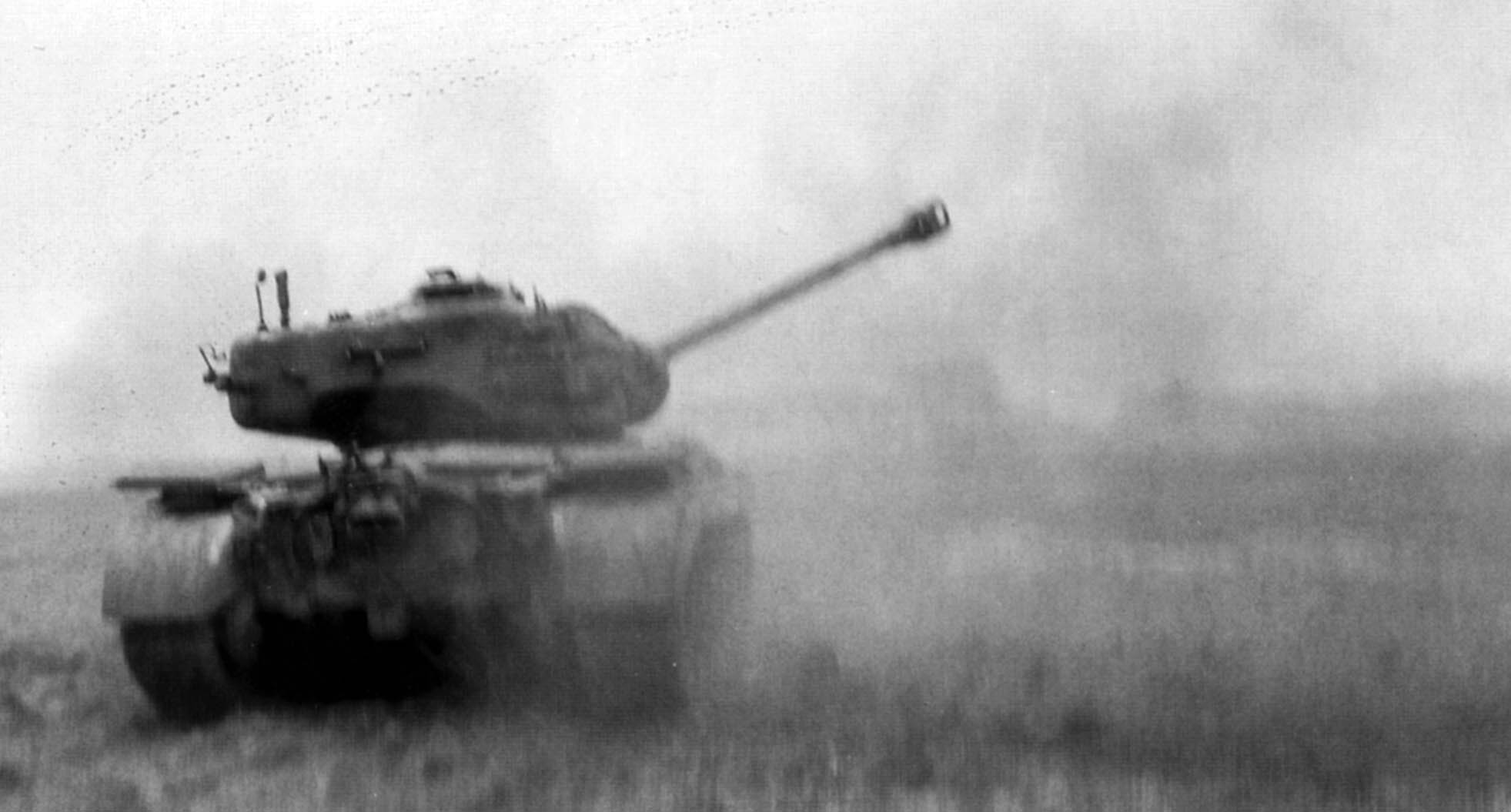
To hurry along the introduction of the new machine and observe its performance in combat, a specialist team known as the Zebra Technical Mission, under Maj. Gen. Gladeon M. Barnes, head of the Army’s Ordnance Department Research and Development Service, arrived in Paris on February 9. At a meeting with Supreme Allied Commander General Dwight D. Eisenhower, it was decided to get the new tanks into action as soon as possible. To that end, all 20 Pershings were assigned to the U.S. 1st Army and divided equally between the 3rd and 9th Armored Divisions. On February 17 the tanks were transported to an instruction facility near Aachen, Germany. By the 23rd, training for tank crews and maintenance personnel had been completed.
Assault Across the Roer
On February 26, one day after friendly infantry had secured a bridgehead over the east bank of the Roer River between the towns of Julich and Duren, the U.S. 3rd Armored Division broke out of the bridgehead and rushed eastward. The 3rd Armored, known as the “Spearhead” Division, commanded by Maj. Gen. Maurice Rose, operated as part of Lt. Gen. J. Lawton Collins’s VII Corps, U.S. First Army.
The carefully planned American assault across the Roer River was designed to clear the territory west and up to the Rhine River. The main effort was to be made by the U.S. Ninth Army in the north with Collins’s command from 1st Army guarding Ninth Army’s right flank as far as the Rhine. After this was done, VII Corps was to capture the German city of Cologne, then head south along the Rhine to rejoin other First Army units pushing southeast to the Ahr River. Within hours of the American Roer offensive, the Pershing would undergo its baptism of fire.
In its drive for Cologne between the Roer and Rhine, VII Corps would traverse 35 miles of good tank country except for the area of the Hambach Forest, which stretched between Duren and Elsdorf. Defending the vast Hambach wooded region were two depleted infantry divisions and Lt. Gen. Fritz Bayerlein’s ad hoc panzer corps made up of the remnants of the 9th and 11th Panzer Divisions and the 3rd Panzergrenadier Division.
In its drive from the Roer, 3rd Armored, with the 13th Infantry Regiment, 8th Infantry Division, attached, formed five mobile task forces, four of which were made up of one tank battalion, one armored infantry or standard infantry battalion, and a platoon of tank destroyers and engineers. The division’s left was made up of two such task forces under Combat Command B leader Brig. Gen. Truman E. Boudinot. Their immediate objective was the important road junction at Elsdorf.
The First Pershing Destroyed
February 26, 1945, was a cold day with rain falling on the muddy secondary roads upon which the 3rd Armored Division was traveling. Boudinot’s Combat Command B was split into two elements, Task Force Welborn on the left aiming for Elsdorf and Task Force Lovelady on the right heading for the village of Berrendorf. The former group was led by Lt. Col. John C. Welborn. Within his 1st Battalion, 33rd Armored Regiment was one of the new M26 Pershing tanks, No. 38, christened Fireball by its crew. Fireball took the lead as Task Force Welborn bore down on Elsdorf. Ironically, this Pershing was originally one of Task Force Lovelady’s complement of four attached to Company F, 2nd Battalion, 33rdArmored Regiment. How it ended up spearheading Welborn’s advance has never been explained.
The deserted village of Elsdorf had been prepared for defense by the Germans with log roadblocks set up at each western approach, a few antitank guns on the outskirts of town, and some German soldiers deployed within the hamlet.
As dusk arrived, Fireball reached the edge of Elsdorf and halted in front of a log barricade on the Steinstrass Road near a level railway crossing. Upon seeing the arrival of the Pershing, the German infantrymen panicked and quit their posts. This encouraged the Pershing’s crew to try to cross the log barrier by driving over it. As the American tank tried to pass over the wooden obstacle, three Tiger I tanks from Heavy Panzer Battalion 301, attached to 9th Panzer Division, entered Elsdorf from the east and moved through the village toward its western end. Two of the Tigers stopped halfway through the village, while the third, No. 201, continued to scout ahead in the dark.
Meanwhile, as Fireball tried to barge its way over the log roadblock, an American M4 drove up and stopped just behind the Pershing. Suddenly, the night sky was torn by an explosion as the newly arrived Sherman was ripped apart by either German Panzerfaust or artillery fire. The flaming U.S. tank silhouetted Fireball perfectly in the darkness, allowing the Tiger to fire three fast rounds at only 100 yards. All three German shells hit the Pershing, knocking it out of action and killing two of its crew.
In seconds the first Pershing on the Western Front had been destroyed in action. However, the jubilation the Tiger crew must have felt at its victory over an unknown American tank type was short lived. Reversing violently to change position after shooting the American, the Tiger got hung up on a pile of rubble, its front still facing the roadblock. After several vain attempts were made to free the Tiger from its trap, the German crew abandoned the vehicle.
“Just Like Shooting Ducks”
The U.S. attack on Elsdorf continued next day with support from Allied fighter bombers. By noon, after fierce fighting, the village was cleared of the enemy. The afternoon of February 27 saw the Wehrmacht launch a counterattack to retake Elsdorf with four Tigers and two MK IVs leading the advance. Fortunately for the Americans, Task Force Lovelady, under Lt. Col. William B. Lovelady, was just to the southeast and in an excellent position to blunt the German attack.
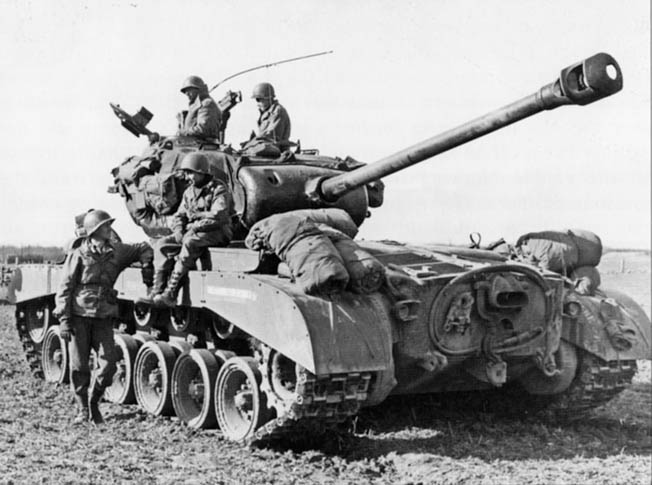
Pershing No. 40, under the command of Sergeant Nick Mashlonik, moved forward. At 1,000 yards and while on the move, the Pershing killed a dug-in Tiger with four rapid high velocity armor-piercing rounds. Mashlonic was just getting started. He remembered, “Three other German armored vehicles were leaving Elsdorf and were on the road to my right. I waited until all of them were on the road with their rear ends exposed and then I picked off each one with one shell each. Just like shooting ducks.” The sergeant’s achievement confirmed the effectiveness of the Pershing’s firepower.
By the end of the 27th, Elsdorf was firmly in American hands. This allowed division maintenance to retrieve Fireball and take it back to Duren for repairs. The tank returned to duty on March 7.
While one Pershing was lost at Elsdorf due to enemy action, another of Combat Command B, 3rd Armored Division, experienced mechanical trouble and was withdrawn from the front on March 1. It had broken down as it crossed a Bailey bridge over the Erft Canal four miles east of Elsdorf. That same day, Pershing No. 22, attached to Company A, 14th Tank Battalion, 9th Armored Division, was disabled by a 150mm artillery shell southeast of Duren, killing its commander.
On March 6, Pershing No. 25, from Company H, 33rd Armored Regiment, 3rd Armored Division, was knocked out of action in a northern suburb of Cologne by an 88mm round fired from a German Nashorn tank destroyer at 300 yards. The crew bailed out safely, but the hit set off the stored ammunition, burning out the turret. That same day, as the Americans tightened their grip on Cologne, elements of the 3rd Armored Division neared the Dom Cathedral in the city’s center. One final short skirmish with a lone Panther tank in the cathedral square started as the German hit a Sherman tank, killing three crewmen. An M26 Pershing down the street immediately reacted, exchanging cannon shots with the German. The Panther burst into flames after being struck three times. Two of its five crewmen were trapped in the vehicle and burned to death.
M26 Pershings at Remagen
While the tankers of the 3rd Armored Division, including the first Pershing tanks sent to Europe, saw fighting in World War II and completed the capture of the city of Cologne, others of the original 20 machines rushed into action in February 1945 were experiencing their own trials in combat. On the morning of March 7 in the Bonn-Remagen area about 13 miles northeast of the bridge at Remagen spanning the Rhine River, the new commander of Company A, 27th Armored Infantry Battalion, 9th Armored Division, Lieutenant Karl H. Timmermann, was called to the command post of the 14th Tank Battalion, which was spearheading the 9th Armored Division’s move toward the Rhine. There the young junior officer was instructed that he and his company would act as the vanguard for the entire advance, and that Company A, 14th Tank Battalion, with its new Pershings, would support his unit.
Timmermann’s men soon started on their way toward the Rhine and the Ludendorff railway bridge that crossed it at Remagen. At 11 am they ran in to an ambush as German infantry fired panzerfaust antitank weapons. In response, an M26 was brought to the head of the American column, where its cannon fire not only quickly dispersed the threatening enemy but forced their surrender as well. Once near the bridge at Remagen and seeing that the Ludendorff structure had not been destroyed by the Germans, Timmermann contacted his superiors. At 1 pm Brig. Gen. William M. Hodge, leader of Combat Command B, 9th Armored Division, arrived and ordered Timmermann to seize the town of Remagen and try to secure the bridge. Pershings provided fire support.
At 3:20 pm Timmermann moved up to the bridge and gave the traditional “Follow me” gesture. As he and his 120 men moved onto the span, a Pershing fired at one of the bridge towers ahead of the assault team to silence German machine-gun fire. Soon another Pershing opened up on an enemy machine-gun positioned on a half-submerged barge moored 200 yards upstream. With an American toehold on the east bank of the Rhine, the first U.S. tanks rolled across the great river at midnight. Although the Pershing crews insisted on crossing first, they were not authorized since the bridge was considered too weak to support the M26’s weight. As a result, the first U.S. armor to cross the river was the lighter M4 Sherman along with even lighter tank destroyers.
Matira and Irwin: An Experienced Sherman Crew
With World War II in Europe nearing its conclusion, the Pershing tank displayed one last example of its battlefield prowess. On April 21, 1945, near the town of Dessau, Germany, at the junction of the Mulde and Elbe Rivers, a tank versus tank contest occurred. It was truly a heavyweight bout. An American Super Pershing slugged it out with a German King Tiger.
The U.S. tank was manned by an experienced crew under the command of Staff Sergeant Joseph Matira of Massachusetts. The brave and capable noncommissioned officer had one weakness. He was severely claustrophobic, and during any fighting he usually stood up in the turret of his vehicle firing the tank’s .50-caliber machine gun. Although this habit exposed him to enemy fire, it allowed him a better view of his surroundings. His gunner was Corporal John “Jack” P. Irwin of Norristown, Pennsylvania. Matria had been in combat for nine straight months, while Irwin dropped out of high school to enlist in the U.S. Army in 1944. The 18-year-old Irwin was sent to Fort Knox, Kentucky, qualifying as a tank gunner. While at that station he worked on some of the 20 new Pershing tanks sent there for testing.
Matira and Irwin were with Company I, 33rd Armored Regiment, 3rd Armored Division. After joining Matira’s M4 Sherman crew in March 1945, Irwin experienced a sustained string of combat actions. After driving 12 miles out of the American bridgehead at Remagen on March 25, Irwin’s tank was hit in the turret by enemy fire. As part of Task Force Welborn, on the 26th Irwin’s Sherman dueled with German 88mm antitank guns in the fight for the town of Altenkirchen. Moving 90 miles on March 28 to the town of Paderborn, Company I fought a vicious battle against German soldiers from the SS Panzer Replacement and Training Center located nearby. There Matira’s Sherman got stuck on a heap of rubble and had to be abandoned. On March 30 near the town of Etteln in the Ruhr Valley, Irwin’s tank was struck by fire from an enemy self-propelled gun. The entire crew bailed out, but the tank was not seriously damaged.
On April 1, Matira and Irwin were again fighting near Paderborn when their crew encountered a German Tiger I tank. The hits Matria’s tank scored merely ricocheted off the Nazi tank. Finally, a high explosive shell forced the enemy crew to abandon the Tiger due to the concussion.
Arrival of the Super Pershing
After the fight at Paderborn, Task Force Welborn sped on to the Weser River, reaching it on April 7. Three days later the Sherman was disabled by panzerfaust fire in the village of Espchenrode near the Harz Mountains. That afternoon they received a replacement tank, a Super Pershing (T26E4). This machine, which had been in action before, was one of only two deployed to Europe during World War II. Additional armor protection had been installed, and it was equipped with a new long-barreled T15E1 90mm gun that was designed to outperform the high-velocity 88mm cannon found on the German Tiger I and King Tiger.
The 90mm gun could successfully penetrate 8.5 inches of armor sloped at 30 degrees from a distance of 1,000 yards. The gun had a muzzle velocity of 3,850 feet per second, 600 feet per second faster than the 88mm gun used by the German Tigers. The new gun was also found to be extremely reliable and accurate with good range. The tank’s large tracks helped it move almost effortlessly through rough fields and muddy terrain.
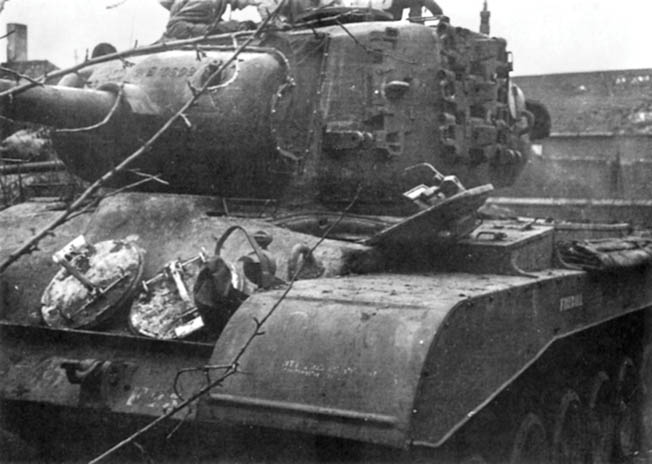
By April 12 a score of German villages and towns along Task Force Welborn’s advance had been fought over, captured, and left behind as the Americans moved eastward. In many of these actions Madira’s tank had been hit, but the Super Pershing had sustained little damage. On April 14 Task Force Welborn crossed the Saale River heading for the Elbe River. As it rushed forward, Task Force Lovelady advanced to its south. The next objective for both combat teams, as well as the entire 3rd Armored Division, was the city of Dessau. Nearing Dessau Matria’s tank was ordered to backtrack five miles and clear the American supply route, which had been interdicted by marauding German units. Using high-explosive and white phosphorous shells, the Super Pershing cleared the way and reopened the supply line.
From the 18th to the 20th, Task Force Welborn stood down while bitter fighting occurred in the villages south of Dessau. On April 21, the 3rd Armored Division initiated a four-pronged attack on Dessau. The Americans advanced from several directions, Task Force Hogan from the west, Task Force Boles and Task Force Orr from the southwest, and Task Force Welborn from the south. At the time the city was defended by soldiers of the Wehrmacht School of Combat Engineers and some SS units.
Task Force Welborn’s approach to Dessau was blocked by concrete antitank barriers, which the U.S. tanks were not able to break through or climb over. Instead, the Americans used their guns to demolish the barriers, which proved to be a slow process. Once over the concrete obstacles, the tanks of Task Force Welborn, closely followed by the halftrack-mounted soldiers of the 36th Armored Infantry Regiment, fanned out along the city streets.
The 20-Second Duel
Matria’s Pershing reached an intersection and began to round the corner. Waiting in ambush just 600 yards away stood a German King Tiger tank. The German fired at the M26 but missed its mark as its shell went high. John Irwin reacted immediately, firing a high-explosive round at the enemy vehicle, which merely bounced off the German tank and then exploded in the air. The M26 Pershing cannon had been loaded with high-explosive ammunition since the crew expected to be conducting combat against infantry rather than enemy armor within the city.
Irwin shouted for his loader to put an armor-piercing round in the gun. Before he could shoot, the American tank was hit by antitank fire, which did no damage to the Pershing. It was never discovered if the shot that hit Matira’s tank had been fired by the Tiger or some other German weapon. The latter was most likely the case since a hit at that range from a King Tiger would likely have destroyed the U.S. tank.
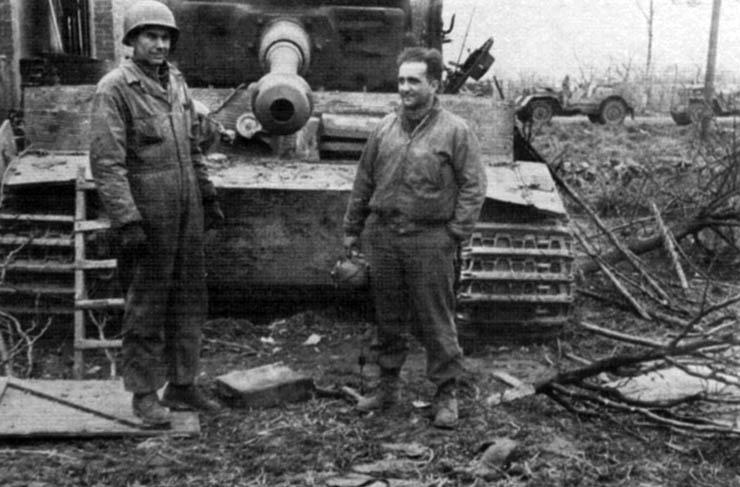
Irwin then got off his second shot, which hit its target as the Tiger slowly moved forward over a rubble heap, exposing the German’s thinly armored underbelly. The 90mm round hit near the enemy tank’s ammunition hold resulting in a tremendous explosion, which blew the Tiger’s turret loose and killed the crew. The contest between the American and German behemoths lasted only 20 seconds.
The next morning, the Super Pershing participated in repulsing a German counterattack in Dessau’s center. The American encountered a Tiger tank that fired its 88mm gun. A German shot passed between the M26’s tracks! Another German tank came on scene as Matria backed his vehicle into an entrance way that overlooked a road. As the German Panther approached, Irwin fired, disabling the Panther’s drive sprocket and left sponson. A second shot slammed into the enemy tank’s two-inch side armor, igniting gasoline and ammunition. The Panther became a flaming torch, its wreckage blocking the Pershing until it was towed away later. Within seconds, another German tank appeared, but before Irwin could get off a shot at the newcomer the Nazi crew, out of ammunition, abandoned its tank and surrendered.
The Battle for Dessau did not conclude until April 24. It was the last combat action the Pershing took part in during World War.
20 Fighting M26 Pershings on the Western Front
By mid-April 1945, a total of 185 new Pershings had arrived in the European Theater. Of these, 110 served with the 2nd, 3rd, 5th, 9th, and 11th Armored Divisions by war’s end. There were 310 M26 tanks in theater on May 8, 1945 (VE-Day), of which 200 were actually delivered for frontline service.
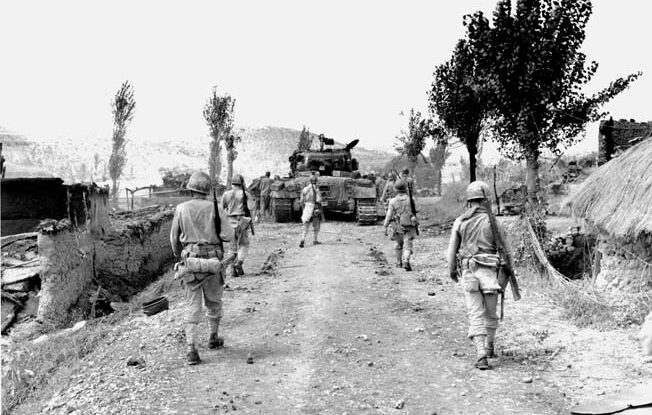
It is safe to say that due to the difficulties involved in transporting the machines and training their crews, the only Pershings that could have seen sustained action were those 20 experimental models introduced in February 1945. As a result, since the Pershing arrived so late and in such small numbers, it had no major impact on the fighting on the Western Front.
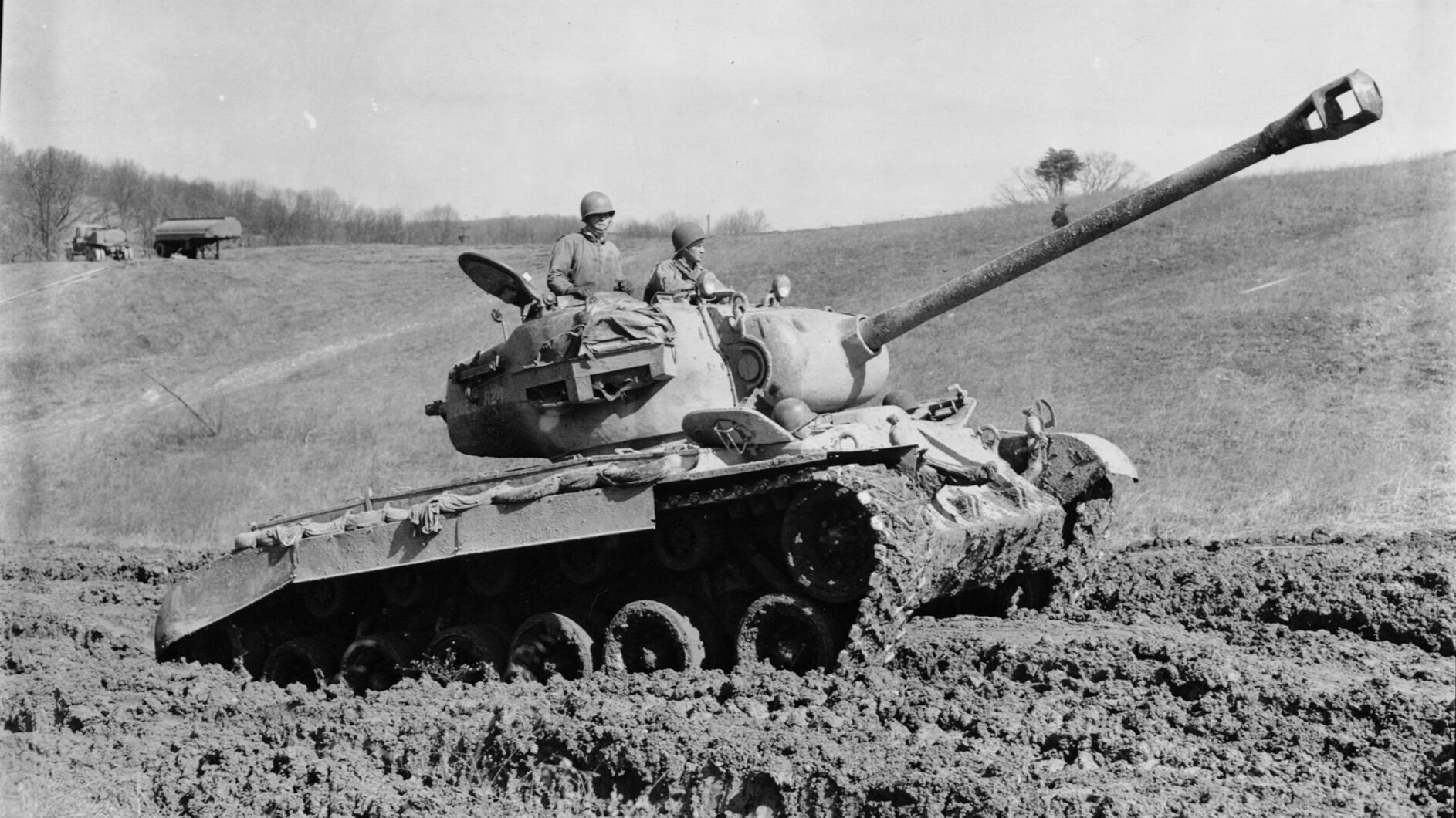
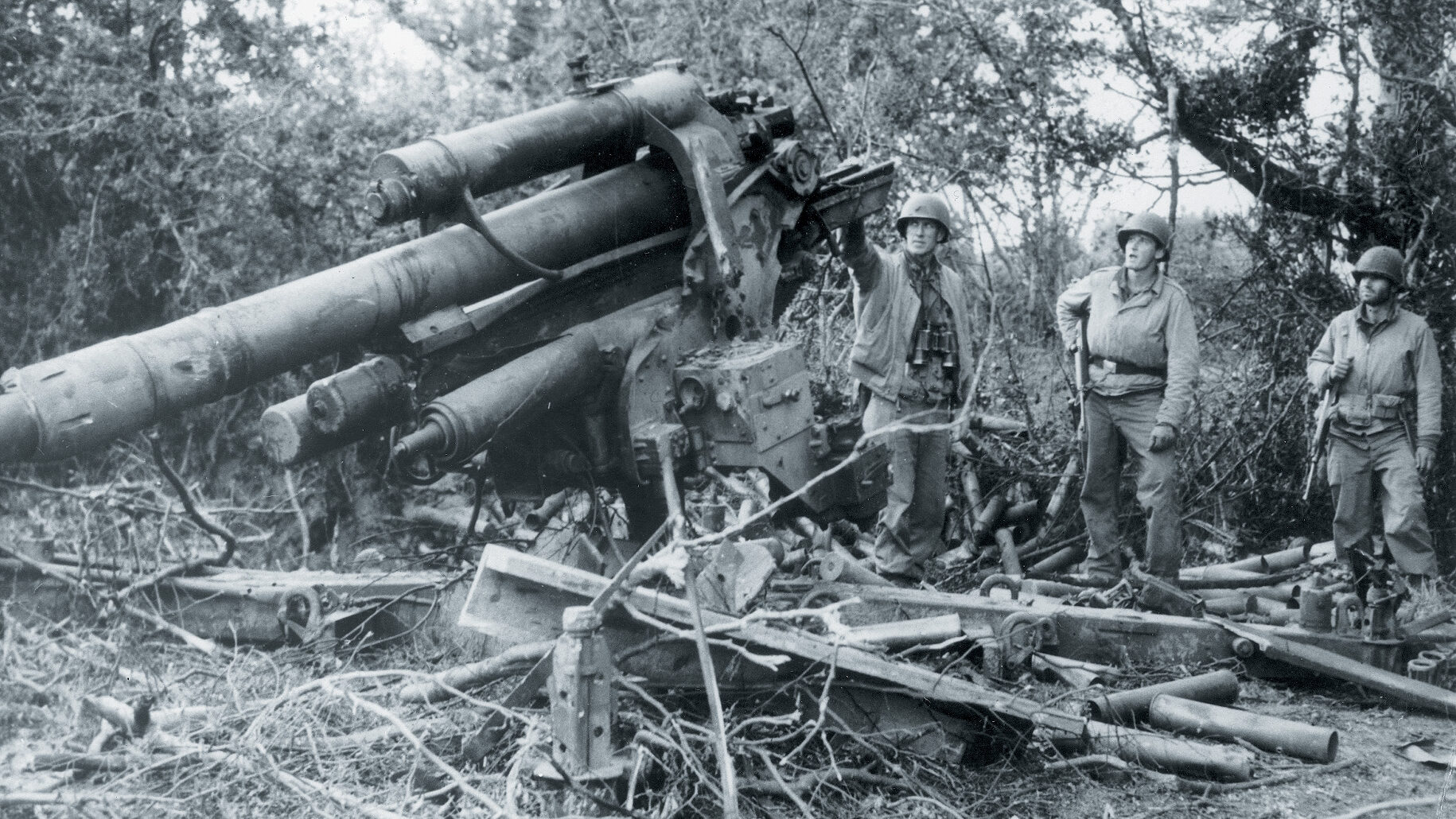
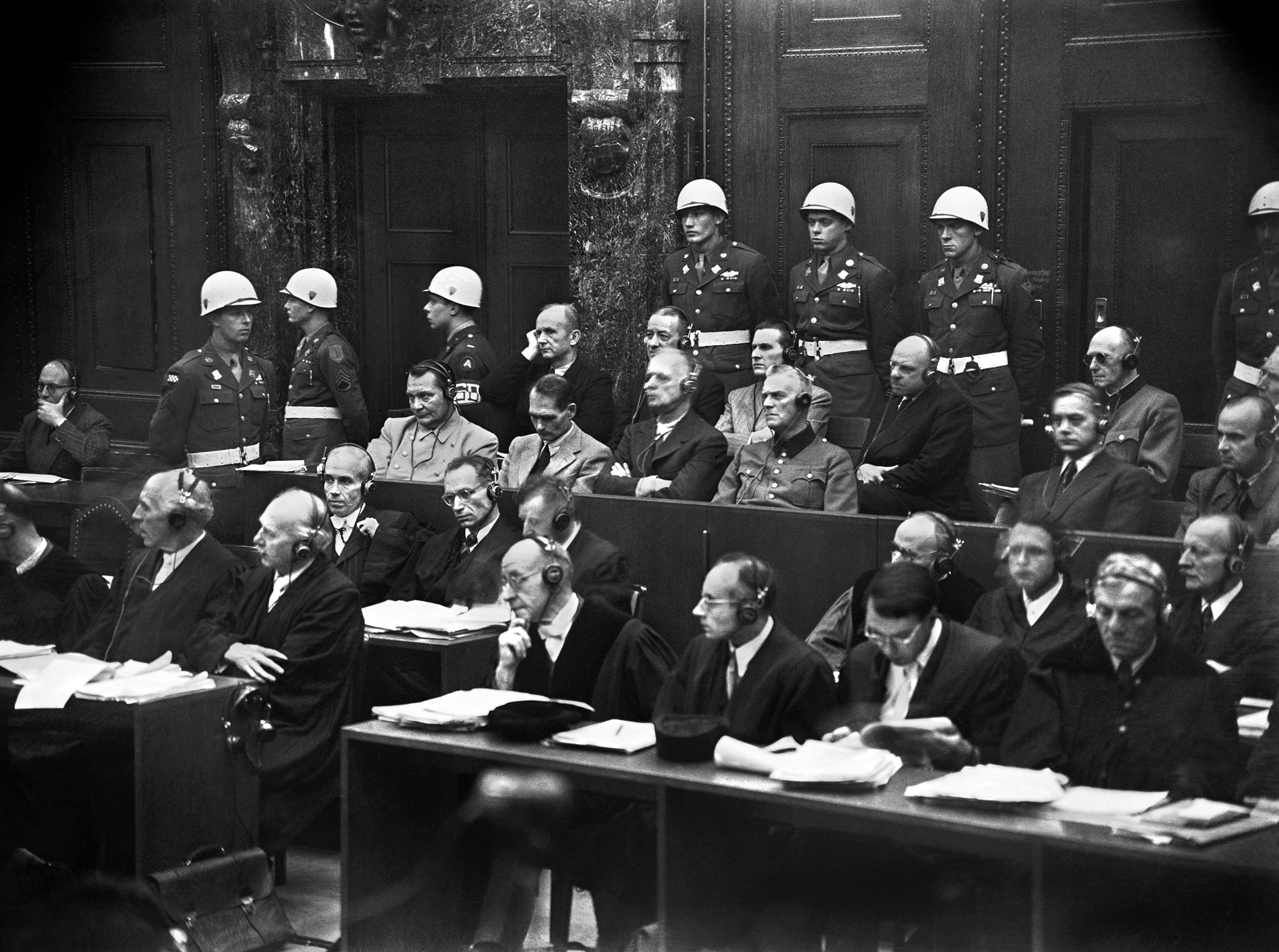
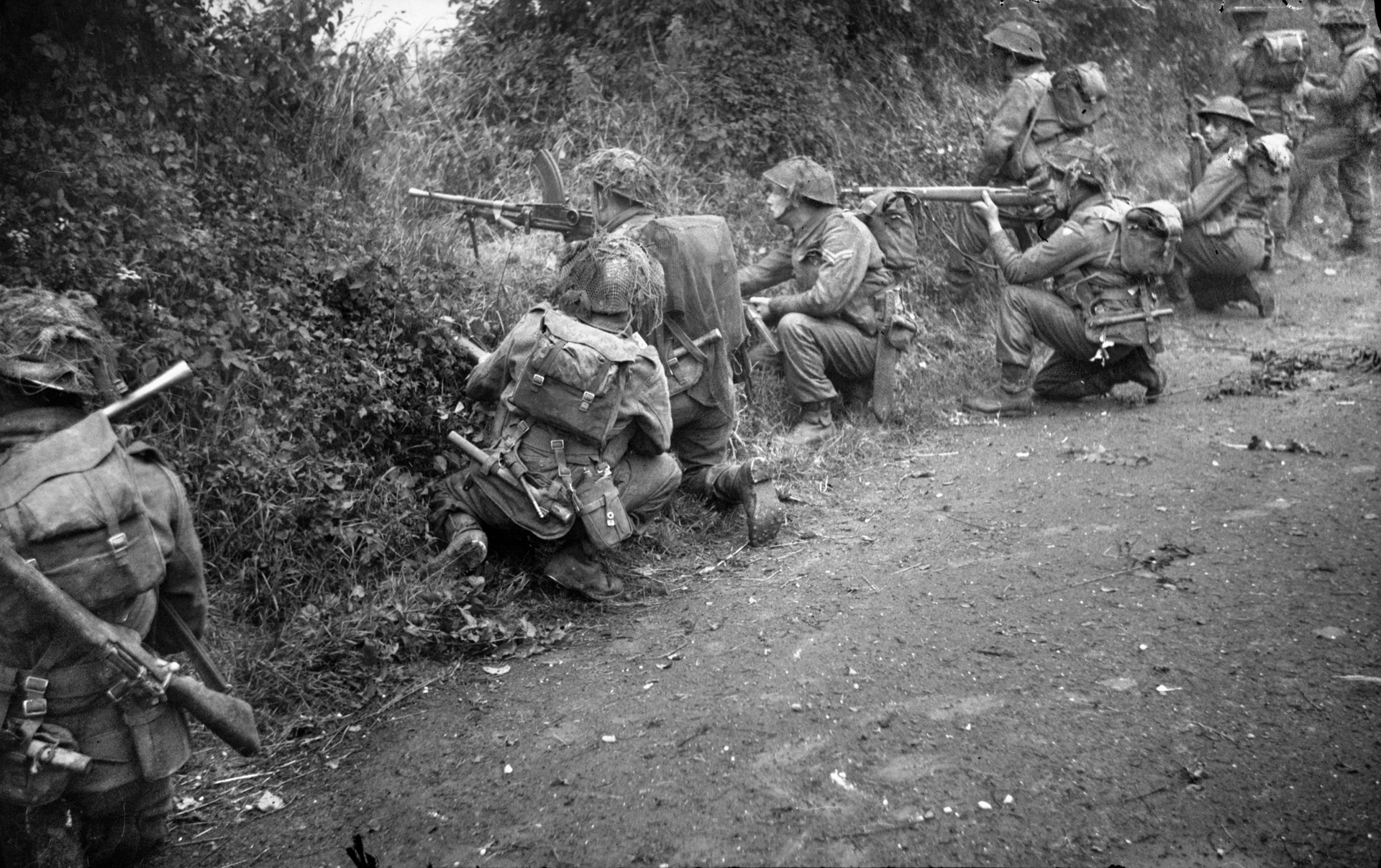
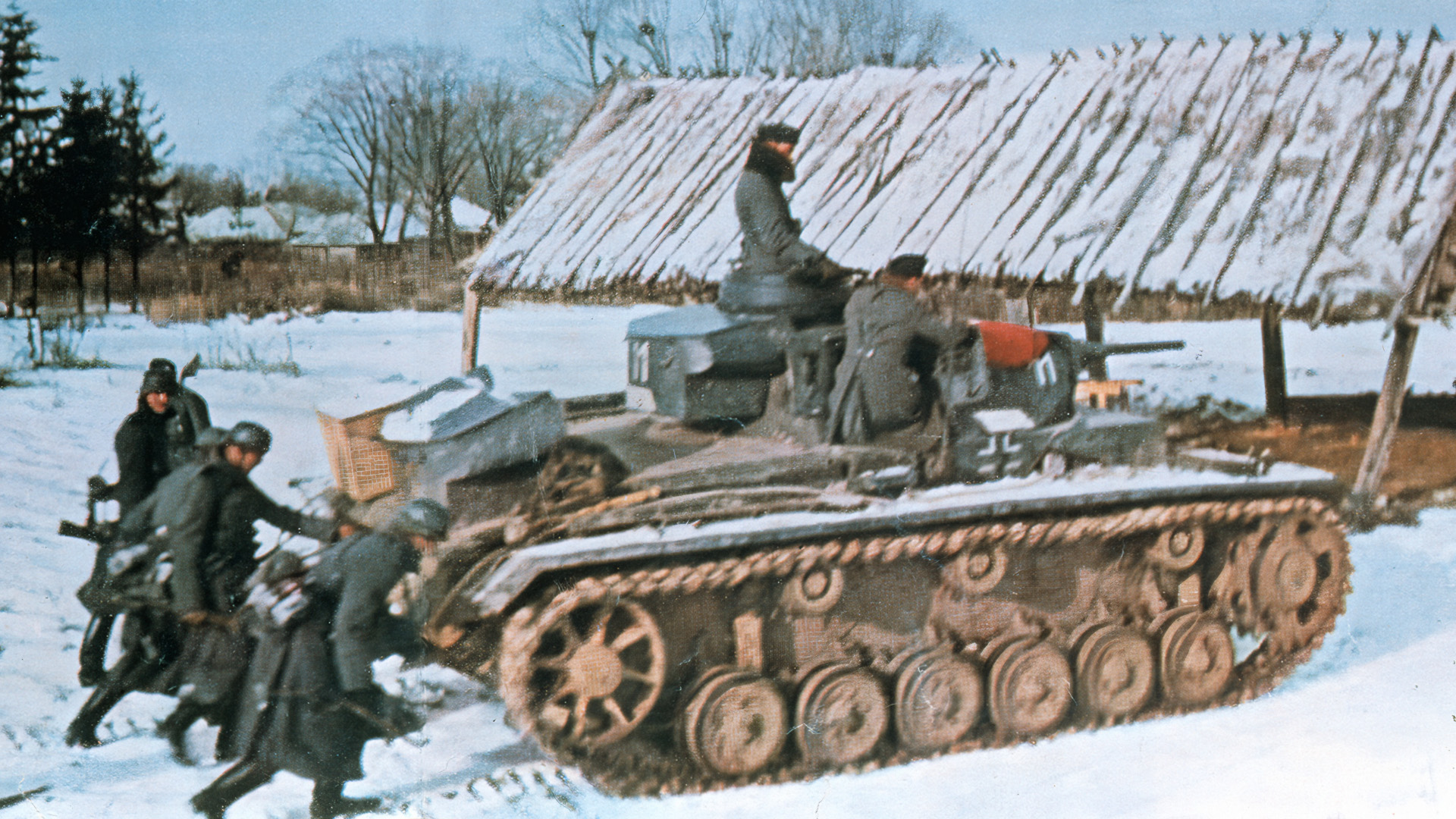
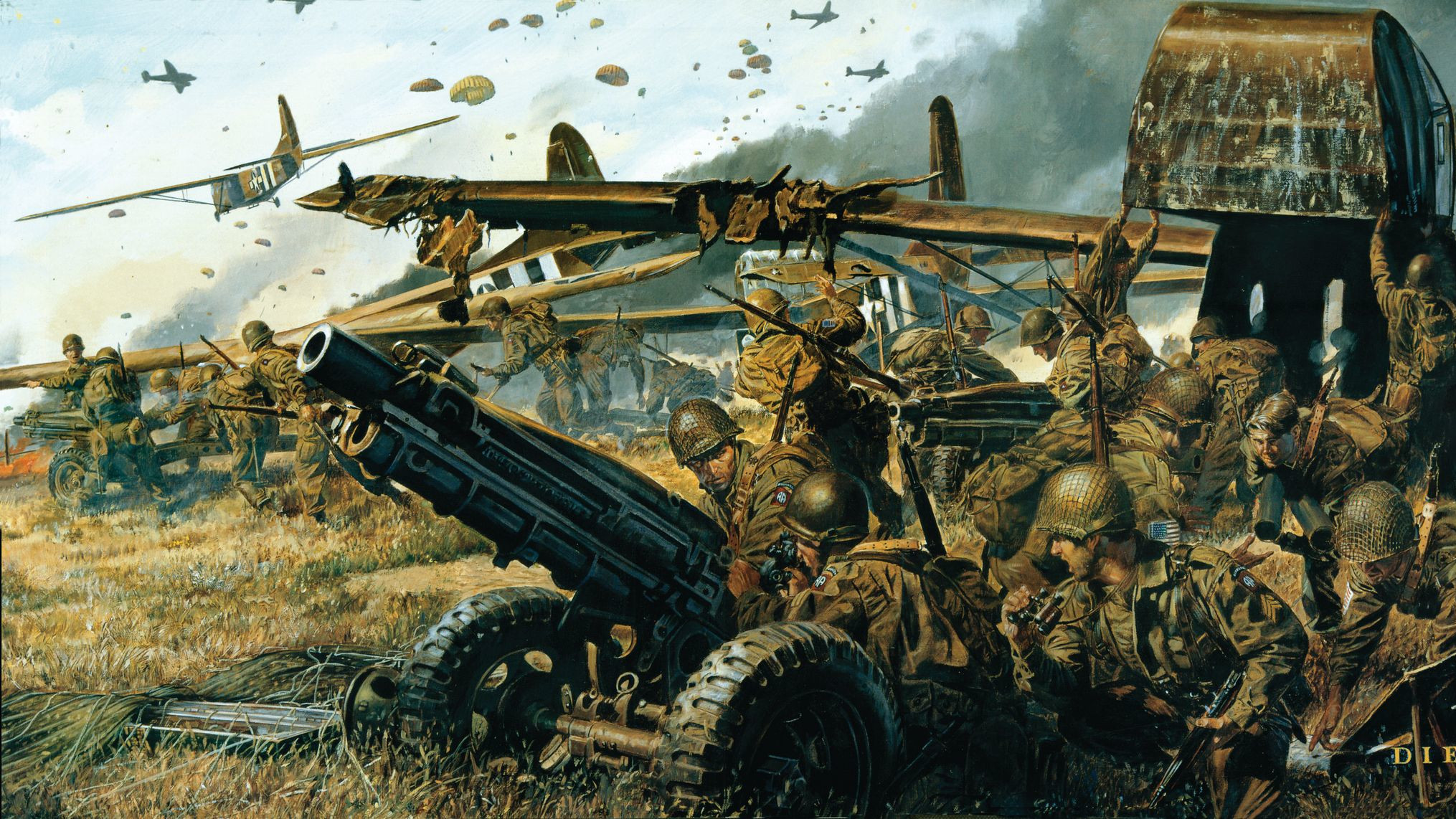
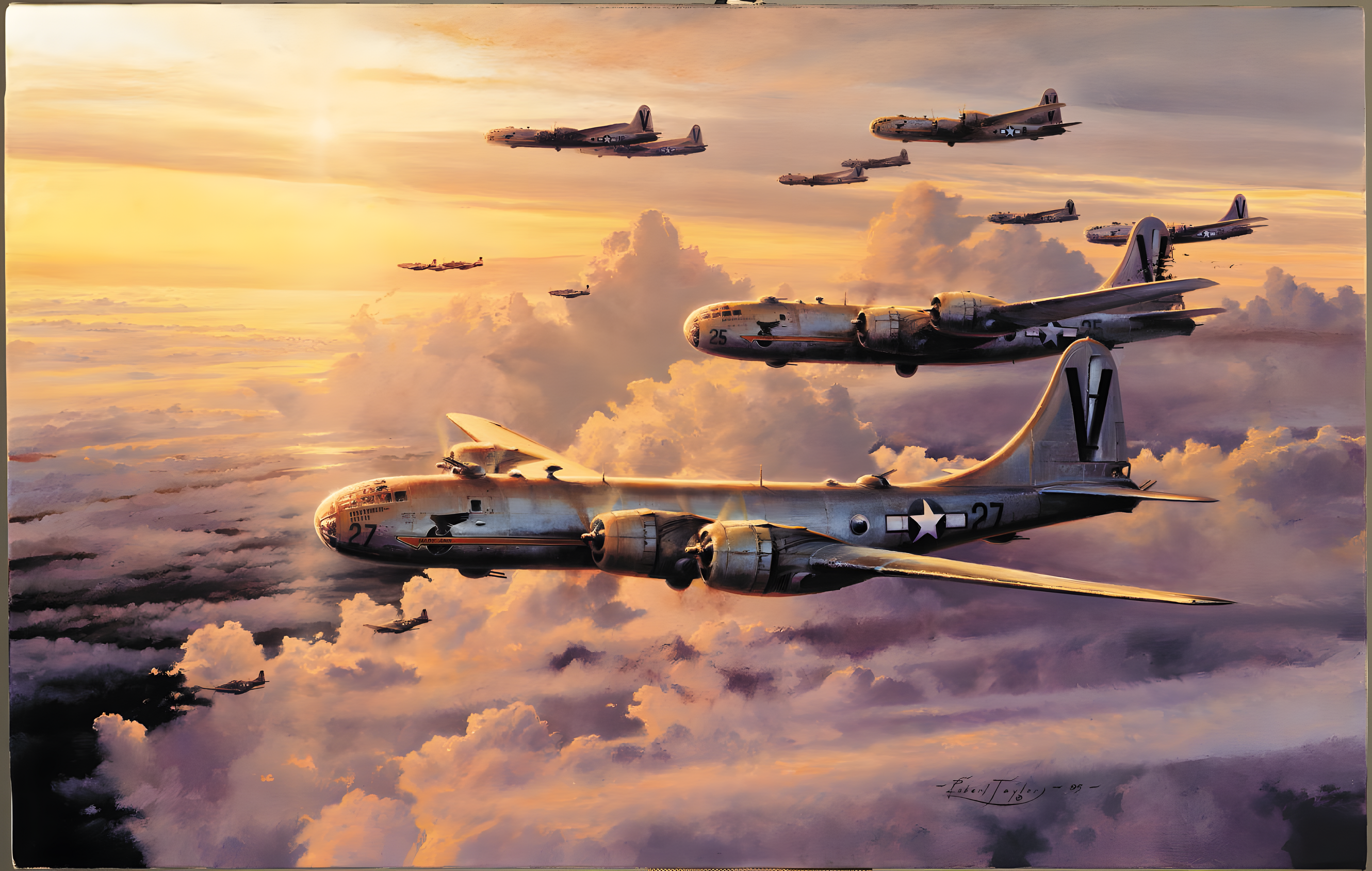

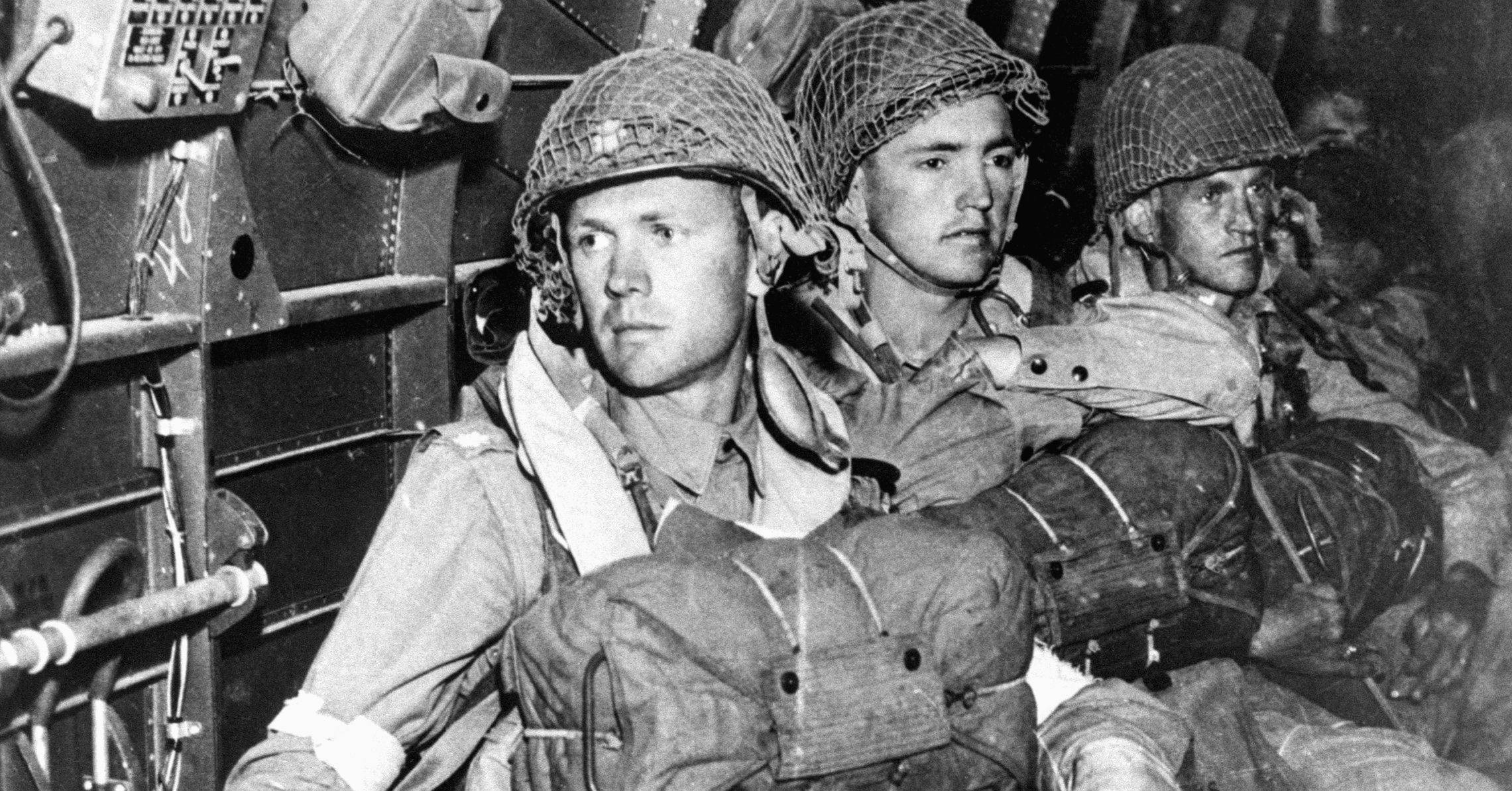
So the US tanks were never provento be a great Weapon. The Germans were always better engineers. Ha guess we were just a little lucky.
When comparing a single Panther/Tiger vs. a single Sherman at a thousand meters, the German tanks had a decisive advantage. At closer ranges they were vulnerable, and at longer ranges flank shots could easily destroy the German tanks.
The advantages of the Sherman is that there were a lot of them, they were easily maintained, one truck could carry enough fuel to move 17 Shermans 100 miles, and it was easy to transport them across the Atlantic by rail and ship.
In addition to air supremacy, the US had more artillery, more ammo for the artillery, more mobility for the artillery (most German artillery was horse-drawn) and the communications and doctrine to shift artillery assets quickly from one division to another.
When a Sherman with a more powerful 76mm gun was available, two US armored divisions declined them as they were able to handle threats with their current model of Shermans. The fact is, the US (and British) army killed more German tanks than than they lost, and US infantry had a higher casualty rate than did the armored corps. From a strategic viewpoint, the US-equipped army was better than the German-equipped army.
Here’s a good video that discusses the strategic decisions to produce the Sherman:
https://www.youtube.com/watch?v=TwIlrAosYiM&fbclid=IwAR3jkgpbe_nrWkWTgFgEucfbh9SociqZE-q5MkvFgtlBoj6n7W3FHXmvojY